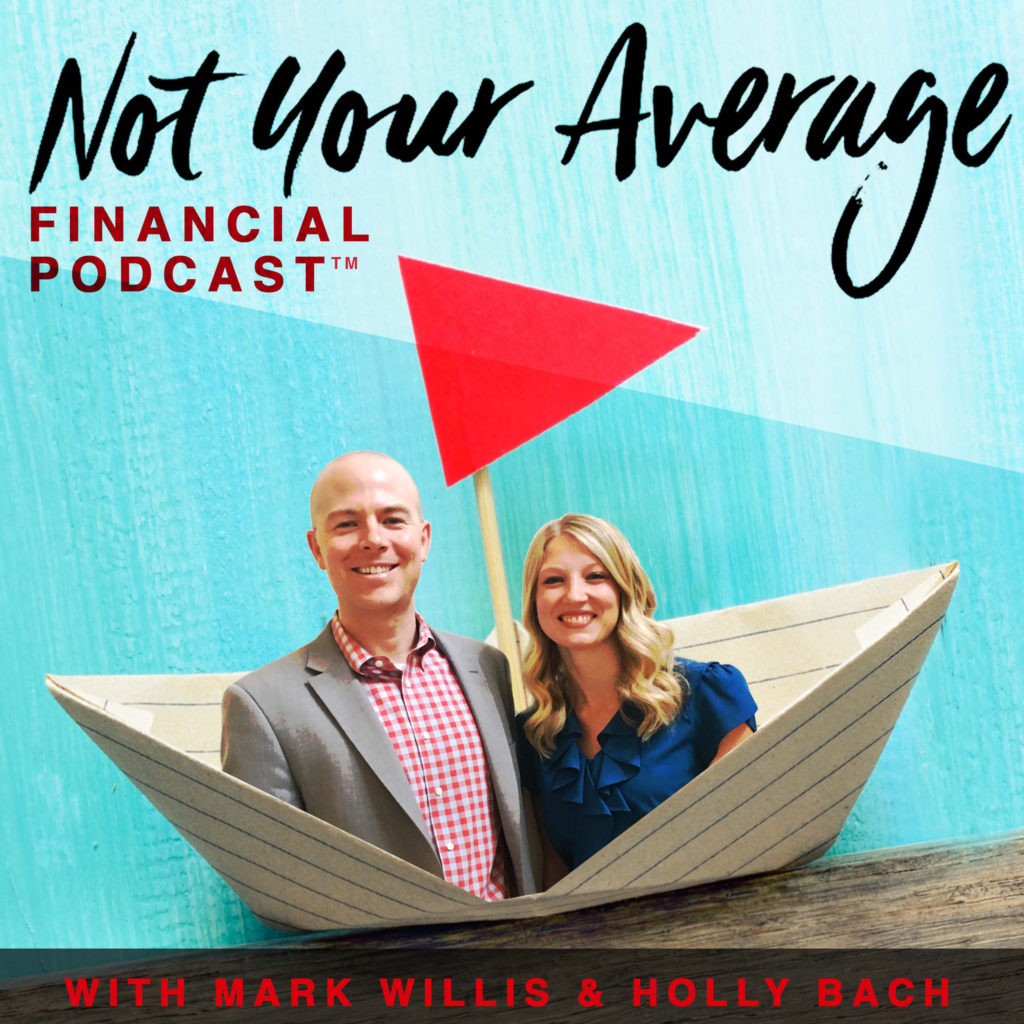Podcast: Play in new window | Download
Subscribe: Apple Podcasts | Android | RSS
In this episode, we ask:
- What about the smoke-filled room in Chicago’s Blackstone hotel?
- What happened at the end of 2020?
- What is the 7702 rule?
- How does this affect life insurance?
- When was this last changed?
- What is the amount of premium that can fund a policy and stay in-force based on life insurance expenses and assumed interest rates?
- Is it an investment?
- Is it life insurance?
- What happened in 1984?
- What has changed in the last three decades?
- What about government bond yields?
- What about insurers?
- What about guarantees?
- Did the life insurance industry advocate for this rule?
- What is the relationship between how much can you contribute and the amount of death benefit that the policy purchases?
- What happens at age 121?
- What are the assumptions?
- What about the guaranteed interest rate?
- What about 4% over the last few decades?
- What happens when interest rates are very, very low?
- What about operating a sustainable and profitable business?
- How high were interest rates in the early 1980s?
- How do life insurance companies generate profits?
- What about bonds?
- What happened after the peak in 10 year treasury yields?
- What was the dilemma?
- What about reflecting current economic realities?
- What about making sure that life insurance can persist into the future?
- What am I not saying?
- What about the insurers ability to offer new policies?
- What about a story?
- What about dividend rates?
- What about cash value?
- What about guaranteed cash value accumulation?
- What about a higher premium?
- Can you go a lot farther?
- Can you build cash value more efficiently?
- What about less expense?
- What happens from year 2021 and beyond?
- How does this impact new policies?
- What happens to existing policies?
- What can you do with new policies?
- What about the future of higher tax?
- Would you like to meet with Mark? Schedule A Meeting

